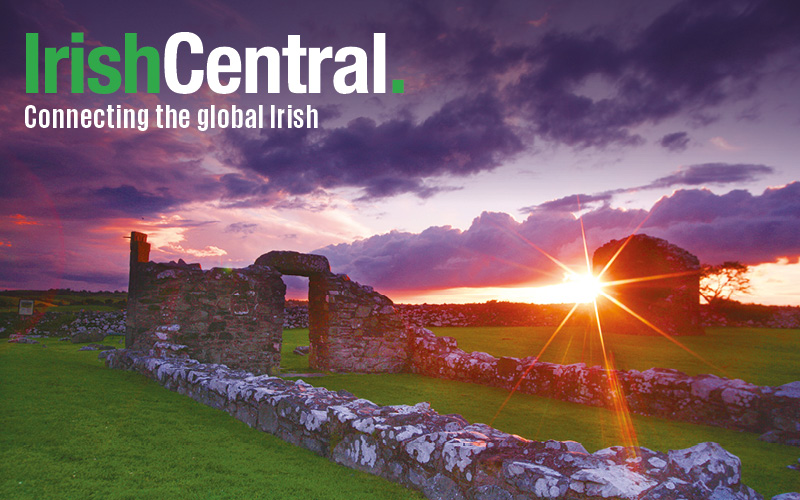St. Agnes Roman Catholic Church, which still celebrates six Masses each Sunday, was first established in 1873, when its most active parishioners were workers at nearby Grand Central train depot.
Nine years later, in December of 1882, two immigrants brought their infant son Edward to be baptized at the humble church on East 43rd Street between Lexington and Third.
The mother, Catherine, was from a rural family in Limerick. She -- as thousands of Irish woman did in the lean years after The Great Hunger -- came to New York in search of domestic work.
Catherine was eventually hired by an affluent French family, whose children were taught music by a Spanish immigrant (by way of Cuba) named Juan Vivion de Valera.
These are the humble, highly unlikely roots of the “man who was Ireland,” as one Eamon de Valera biographer put it.
This month, a new biography of de Valera is out, from University College Dublin professor Ronan Fanning, entitled Eamon de Valera: A Will to Power.
With the 100th anniversary of the Irish Easter Rising finally upon us (even though Easter itself was last month), there’s been a whole lot of debate about the American role in this Irish rebellion.
But while reading the new de Valera biography, the thought I couldn’t shake was how he literally would not have been born if not for New York’s rich Melting Pot tradition.
Now, for some of Dev’s more staunch critics (and there are plenty), maybe that would have been okay. De Valera did play a role in the Rising, though Fanning notes that Dev’s “military failings” were extensive.
Worse, during the post-Rising treaty negotiations and during the build-up to the tragic Irish Civil War, de Valera’s behavior was “petulant, inflammatory, ill judged and profoundly undemocratic,” writes Fanning.
But de Valera’s shortcomings must “be reconciled with his subsequent greatness,” Fanning says.
Indeed, like him or not, de Valera -- who served as taoiseach and president -- was arguably Ireland’s most influential statesmen of the 20th century.
And yet, de Valera’s background is pure Melting Pot Manhattan.
First, he was the product of a mixed ethnic marriage, hence the Gaelicized first name and Spanish last name. Then there is the improvisational nature of de Valera’s biography, so typical of many in the New World.
Family lore had it that Catherine and her husband were married in New Jersey in 1881. However, no records survive to verify this fact. De Valera’s father eventually headed out west, possibly believing the drier air would be better for his ailing health.
And like so many of today’s immigrants, de Valera had a foot in two countries. With money tight and his father gone, young Eamon was sent with an uncle back to Limerick, while Catherine stayed in the U.S. to earn wages.
Famously, de Valera was not executed by the British after the Rising. Why? It probably had nothing to do with the fact that he was American-born, as some historians have said, and as Dev himself later told President John F. Kennedy. Fanning says, it was “because [de Valera] was unknown.”
De Valera returned to New York City in 1919, after a dramatic prison break, to highlight the cause of Irish freedom, raise money, and also to spend Christmas in New York with “his mother for the first time in 35 years,” Fanning writes.
It boggles the mind to look upon a child of immigrants being baptized today at St. Agnes, who may one day return to visit his mother in New York as a central figure in the history of a developing nation.
It further boggles the mind that this scenario is being threatened by Trumpian neo-nativists.
As for de Valera, when he returned to Ireland in 1920, treaty negotiations with the British were set to begin. Then -- and for decades to come -- de Valera and his countrymen would butt heads with Winston Churchill, a rising star in British politics and future prime minister.
For all of their enmity, Dev and Churchill did have one thing in common. Churchill’s mother was also born in New York City.




Comments